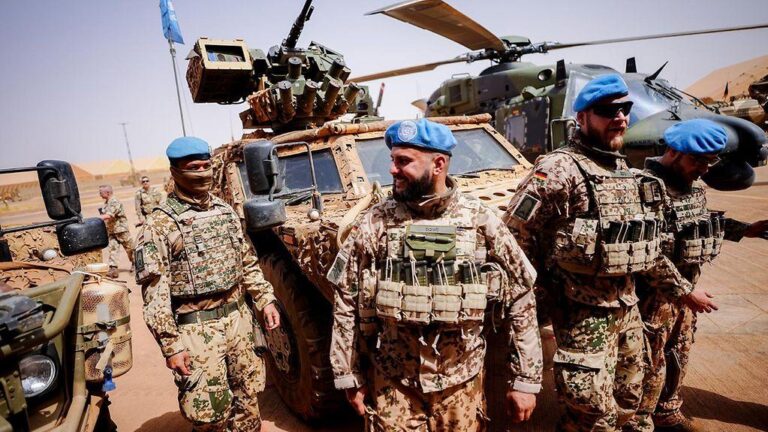In a troubling escalation of violence in northern Mali, recent reports indicate that the national army, supported by Russian military forces, has sustained notable casualties amid intensified clashes with armed groups in the region. As security challenges continue too mount in this volatile part of West Africa, local sources reveal that both Malian government troops and their Russian allies have faced heavy losses in recent confrontations, raising questions about the effectiveness of foreign military support in stabilizing the area. This development underscores the ongoing struggle for control and influence in northern Mali, a region plagued by insurgency and persistent instability, as well as the complexities of international partnerships in addressing security issues. In this article, we delve into the latest developments on the ground, exploring the implications of these losses for mali’s security landscape and the broader geopolitical dynamics at play.
Mali’s Escalating conflict: An Overview of Recent Clashes in the North
The ongoing conflict in northern Mali has seen a sharp surge in violence recently, impacting both local civilians and armed forces.Fighting between the Malian military,supported by Russian mercenaries,and various militant groups has intensified,leading to significant casualties. Reports indicate that these clashes are not only exacerbating an already dire humanitarian situation but also destabilizing the region further. Key factors contributing to the escalation include:
- Increased Militant Activity: Armed groups have stepped up attacks, taking advantage of the military’s preoccupation with securing power.
- External Influence: The growing presence of foreign military personnel introduces new dynamics into the conflict.
- Community Resistance: Local populations are increasingly caught in the crossfire, leading to displacement and rising tensions.
Moreover, casualty figures are troubling, with reports suggesting that recent engagements have resulted in substantial losses for both the official military ranks and their Russian collaborators. A breakdown of notable incidents highlights the scale of the losses incurred:
| Date | Location | Casualties (mali Army) | casualties (Russian Allies) | Militant Claims |
|---|---|---|---|---|
| sept 15, 2023 | Kidal Region | 40 | 20 | Over 60 militants |
| Sept 30, 2023 | Gao Region | 35 | 15 | 50 militants |
This situation accentuates the fragile security environment in northern Mali, reflecting the complex interplay of local grievances, external interventions, and the ruthless tactics employed by armed groups. As the conflict unfolds, the urgency for a complete peace initiative becomes increasingly apparent, yet prospects for resolution remain bleak amid the escalating violence.
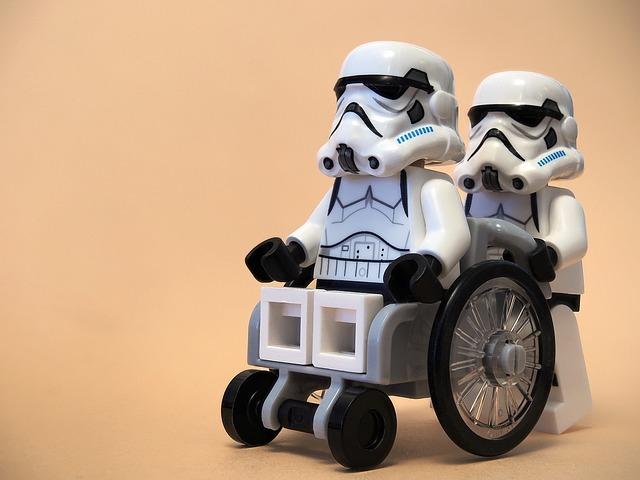
Casualties and Impact: Understanding the Human Cost of Military Engagement
The ongoing military engagement in northern Mali has resulted in significant casualties for both the Malian army and their Russian allies, underlining the severe human cost associated with armed conflicts. Recent reports indicate that various skirmishes with insurgent groups have led to a rising number of fatalities and injuries among troops, raising concern among military analysts regarding the operational strategies employed. Among the implications of these losses, the morale of the armed forces is at risk, as families of soldiers grapple with the harsh realities of warfare. The affected communities are also enduring profound emotional and economic impacts, as local support systems get strained under the weight of ongoing violence and loss.
In light of these developments, a closer examination of the casualties reveals a troubling trend. Sources have compiled data reflecting not just the direct military losses but also the collateral damage inflicted upon civilian populations. The situation has prompted humanitarian organizations to intensify their efforts in providing aid to those affected. Below is a summary table illustrating the human cost associated with the recent military engagements:
| Category | estimated Losses |
|---|---|
| Malian Army Fatalities | Approx. 150 |
| russian troops Fatalities | Approx. 50 |
| Civilians Affected | Over 1,000 |
| Displaced Families | Approx.200 |
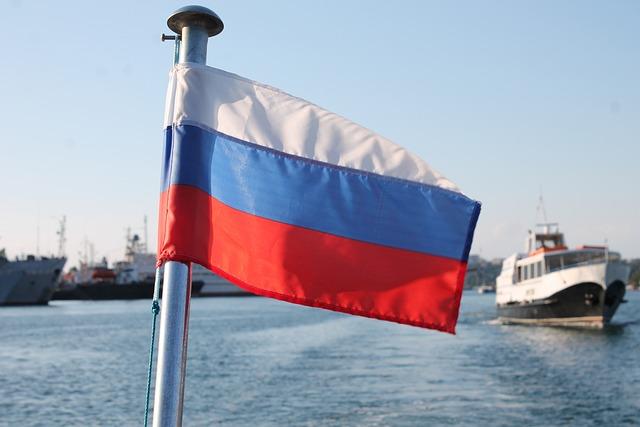
Russian Involvement: Analyzing the role of Foreign Allies in Mali’s Turmoil
The recent developments in Mali have raised significant concerns regarding the involvement of foreign allies, particularly Russian paramilitary forces. Observers indicate that the situation has escalated into a complex web of alliances and confrontations. With the Mali army reportedly suffering considerable setbacks in northern regions, it becomes crucial to assess the implications of this foreign influence on local dynamics.Key points of interest include:
- Russian contractors: The presence of the Wagner Group and other Russian mercenaries has been a controversial topic, with allegations of human rights abuses surfacing.
- Military Strategy: Russian forces are believed to be adopting aggressive tactics that may not align with the long-term stability goals of Mali.
- Loss of local Trust: The collaboration with foreign military entities may erode public confidence in the national army.
The impact of Russian military support cannot be understated, as it has fundamentally altered the operational landscape. Local sources have documented a series of confrontations that have resulted in heavy casualties on both sides, underscoring the unsustainable nature of such foreign dependencies. A comparative analysis reveals stark realities of losses incurred:
| Entity | Casualties Reported | Area of conflict |
|---|---|---|
| Mali Army | 150+ | Northern Mali |
| Russian Allies | 100+ | Northern mali |
The increasing incursions and heavy losses suggest that while foreign military assistance may provide short-term tactical advantages, it also contributes to enduring volatility in the region. As the situation unfolds, the ramifications of such alliances will likely continue to shape Mali’s complex political and social landscape, requiring careful scrutiny and a strategic reconsideration of external partnerships.

Local Perspectives: Insights from Communities Affected by Ongoing Violence
The ongoing violence in northern Mali has left communities grappling with profound challenges as the conflict escalates. Residents describe a stark reality were displacement and insecurity have become the norm. Families are forced to flee their homes, leaving behind livelihoods and loved ones. As one local elder shared, “We live in constant fear of reprisal attacks; the sound of gunfire has replaced the laughter of children in our streets.” The affect on daily life is palpable, with access to education and health services severely disrupted, forcing many to rely on humanitarian aid just to survive.
Furthermore, local perspectives shed light on the complexities of the alliances formed amid this turmoil. Community members express a range of feelings towards the presence of foreign forces, including Russian mercenaries, who have become increasingly involved in military operations. While some see them as a necessary force against insurgency, others worry that their presence only exacerbates the violence. “They promise security, but it feels like we are caught in a game of chess,” lamented a local teacher. The situation is further complex by a lack of communication between military forces and communities, which leaves residents feeling marginalized and unheard.
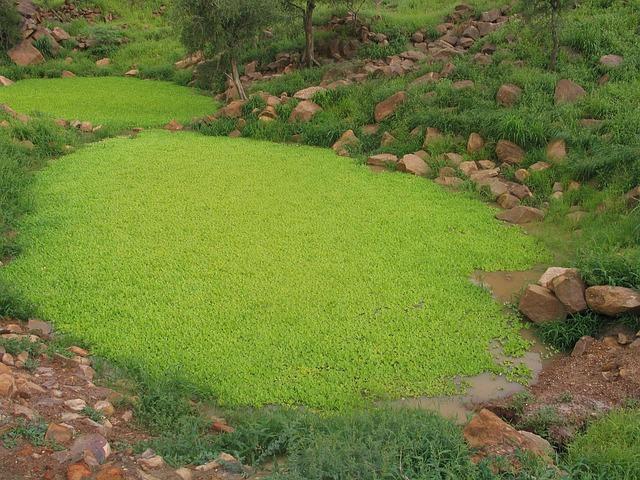
strategic Recommendations: Paths Forward for Stability and Peace in Mali
To usher in a period of stability and peace in Mali, it is essential to focus on a multi-faceted approach that addresses both immediate security concerns and the underlying socio-political issues. Among the most critical steps to consider are:
- Strengthening Local Governance: Empower local leaders and institutions to promote community involvement and accountability in governance.
- Enhanced Dialog: Foster inclusive dialogues among all ethnic and political groups to rebuild trust and cooperation.
- International Support: Seek strategic partnerships with international organizations to facilitate peace-building efforts and share best practices.
- Disarmament Initiatives: Implement disarmament, demobilization, and reintegration programs for former combatants to reduce violence.
Additionally, a sustainable security architecture must be developed that integrates both military and civilian components to protect the population while addressing root causes of conflict. Key recommendations include:
- Regional Cooperation: Strengthen ties with neighboring countries to combat transnational threats effectively.
- Capacity Building: Invest in training local security forces to enhance their effectiveness while ensuring respect for human rights.
- Community Engagement: Involve local communities in the security framework to ensure that measures resonate with public sentiment.
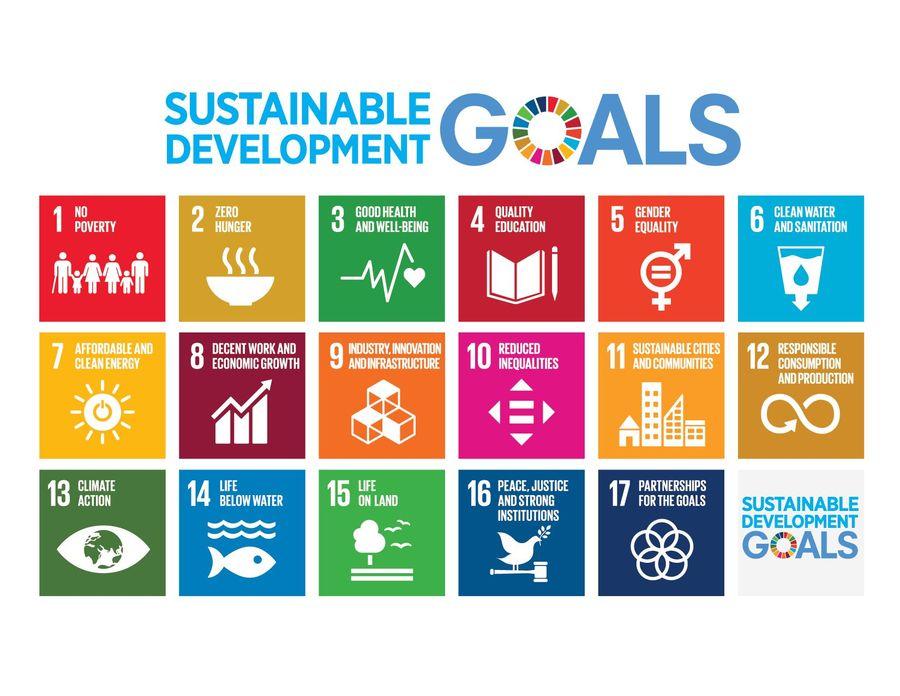
International Response: The Role of Global Stakeholders in the Crisis
The ongoing instability in Mali’s northern regions has drawn significant attention from various global stakeholders, each striving to influence the situation according to their strategic interests. The African Union (AU) has voiced concern for the humanitarian impacts of the conflict, advocating for a comprehensive approach to mediation that engages local communities. Meanwhile, European nations are reevaluating their military commitments in the Sahel, with some contemplating an increase in support for regional peacekeeping forces while also highlighting the importance of political solutions as opposed to purely military interventions.
Furthermore, russia’s involvement through the Wagner Group has changed the dynamics of international engagement in Mali. This has led to suspicions among traditional Western partners, prompting a reassessment of external strategies towards conflict resolution. Regional bodies such as ECOWAS have also signaled their readiness to intervene diplomatically, showcasing the role of diplomatic channels in promoting dialogue. In this context, the potential for a unified international approach hinges on recognizing the complexities of local grievances, ensuring that efforts are sustainable and respectful of Mali’s sovereignty and cultural dynamics.
future Outlook
the situation in northern Mali remains precarious as the Malian army, alongside its Russian allies, grapples with significant military setbacks. The reported heavy losses underscore the ongoing challenges faced by the Malian government in its fight against insurgent groups, reflecting a landscape marked by instability and conflict. As these developments unfold, the implications for regional security and international involvement in Mali warrant close observation. The persistence of violence raises critical questions about the effectiveness of foreign military partnerships and the future of peace in the region. Continued coverage and analysis will be essential as both local and global stakeholders navigate this complex and evolving crisis.

